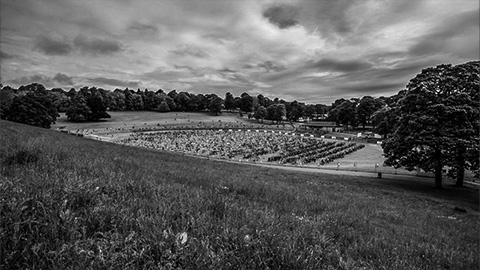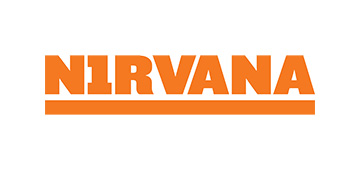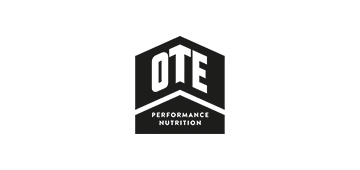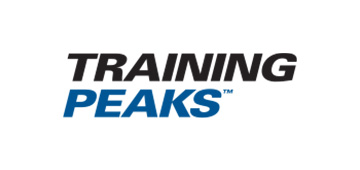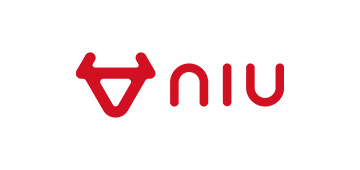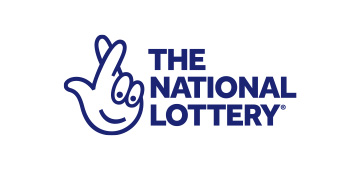For most student athletes, balancing sport and study will at times be very challenging, however, it is very possible to succeed in both and combine academic and sporting excellence.
This page looks at time intensive courses, splitting years and has interviews with double Olympic Champion Alistair Brownlee and previous WCP athlete and current Anaesthetist Todd Leckie.
Recent research by Sport England and the Talented Athlete Support Scheme (TASS) surveyed the 400 athletes nationwide that it supports. They found that over 50% achieved a 2:1 degree or better and 20% got a first, while at the same time 75% had competed internationally in their chosen sport.
Training for success in triathlon is time intensive with international athletes on average training between 20 and 30 hours per week. While success in triathlon and academics is achievable, serious consideration should be given to the time commitment required across both as there are some degree courses which, for most student triathletes, might present close to an impossible balance to manage. Splitting years and/or studying part time can be option – read on to find out more about this.
Watch and Listen
Watch an interview here with double Olympic Champion Alistair Brownlee, reflecting on balancing study and triathlon – including his decision to go to Cambridge and study medicine for a term before deciding that he wanted to prioritise triathlon and move back to Leeds.
What are the most intensive courses?
The 10 most time intensive degree courses in average hours per week (Telegraph 2016)
- Maths - 31 hours
- Engineering - 31 hours
- Physical Sciences e.g. Physics, Astronomy, Chemistry, Geology, Meteorology - 32 hours
- Technology e.g Computers, Bio, Design, Sports, etc - 34 hours
- Creative Arts & Design e.g. Art, Textiles, Graphic Design, Fashion, Animation - 34 hours
- Veterinary Science - 37 hours
- Architecture - 40 hours
- Teaching - 42 hours
- Medicine and Dentistry - 46 hours
- Subjects related to medicine e.g. physiotherapy, biomedical sciences - 47 hours
Important considerations
- The hours quoted are averages and the list above is a pretty rough guide – in reality the actual totals will vary up and down depending on the course, institution, time of year and year of study – so ensure to find out exactly
- If considering a time intensive course look to establish the proportion of contact time, independent study time, and work outside of the course as the balance/flexibility of this could be critical for you – again proportions may vary through the academic year so be sure to explore this too.
- For some of these courses, especially Maths, Engineering, Physical Sciences and Technology contact hours may well reduce year on year from the first year. The first year is often the most voluminous in terms of contact hours for most degree courses.
- It might help to work out what your actual average time commitment is while studying for A levels – calculate your lesson or contact time, independent study time and training time for an average week – don’t forget to add in any part time work or other activity you do too.
- What you will probably realise is that you already have very good time management skills; success in this sport and at school/college requires it!
Watch and Listen
An interview with ex World Class Programme and GB international athlete Todd Leckie who studied Medicine and is now a practicing Doctor reflecting on the challenge of balancing both.
While Todd studied medicine at University we would recommend anyone looking to study on a time intensive course to watch this interview as many of the challenges are similar no matter the subject area.
Splitting years and part time study
Universities are becoming more and more flexible and splitting years on full time courses is becoming increasingly common especially with athletes who train in sports that require a large time commitment.
Most common is athletes choosing to split their final year, but it is possible to split other years. You will see below that a number of students interviewed have chosen to do this. Speak to course staff to find out if this is possible. If considering splitting a year remember that this will of course mean another year as a student and the associated costs that come with this.
Part time study is another option and while less common there are one or two examples of athletes who have done this alongside training. Some colleges and universities do offer part time degree courses, there will also be similar offerings via distance learning, e.g. Open University, too. If you are looking into this option you should consider how long it will take you to complete your degree.
Find out more about part time study here.
What have athletes managed?
A number of athletes interviewed for this project study some of the above courses. Click on their names to listen to their interviews.
- Jack Willis (Leeds) Maths – split final year
- Harry Leleu (Loughborough) Physics – split final year
- Leon Chevalier (Bath) Mechanical Engineering
- Rachael Vatter (Loughbrough) Mechanical Engineering – split final year
- Ellie White (Cardiff)Design Technology
- Natasha Sinha (Leeds) Neuroscience (split final year)
Other examples include
- Ex international and WCP athlete Vanessa Raw (Fine Art)
- Current international and WCP athlete Ben Dijkstra (Sports Technology, split 2nd and final year)
There are no examples of current or previous international triathletes having studied teaching, architecture, subjects related to medicine, dentistry or veterinary science.


